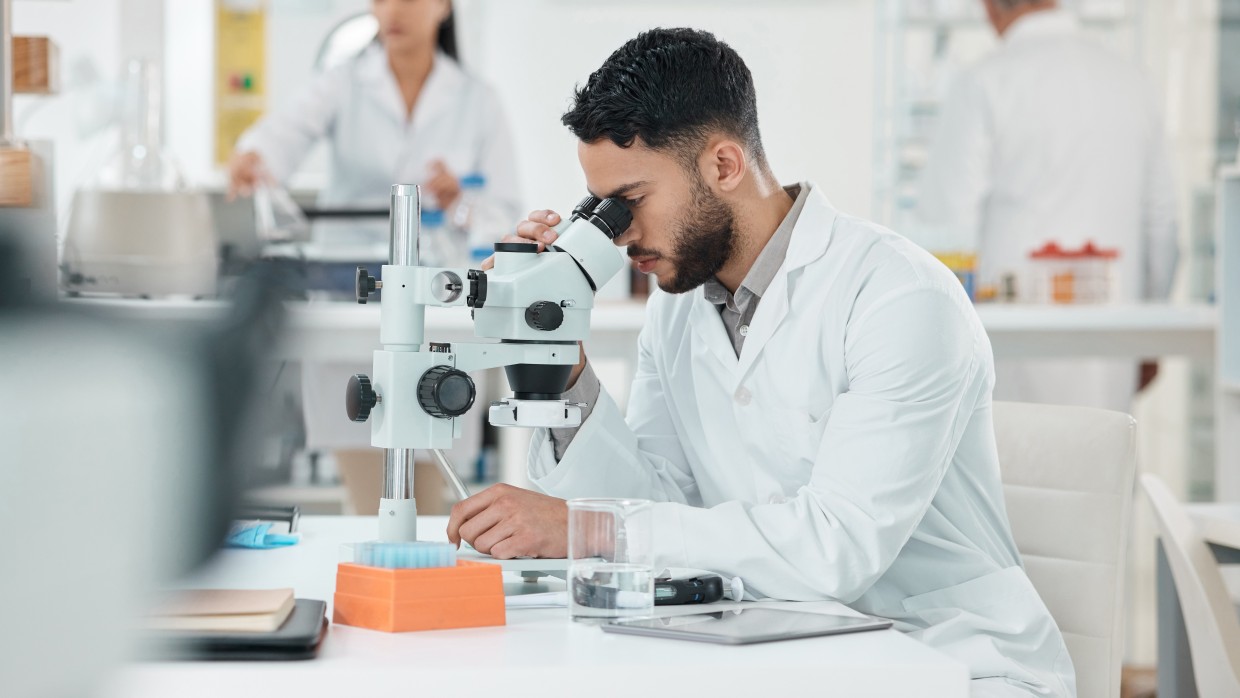News
News
The new sun protection formula
Newly approved standard allows tests without human subjects
The testing of the sun protection factor of sun protection products is about to undergo a fundamental change: instead of the usual tests on test subjects, in future it will also be possible to test the sun protection factor purely in the laboratory. The European trade association for the cosmetics and personal care industry, Cosmetics Europe, has now had its so-called Double Plate Method (DPM) for testing the sun protection factor officially recognised as a standard by the International Organisation for Standardisation (ISO). The DPM is a complete in-vitro test method and does not require human test subjects. As a recognised ISO standard method, manufacturers in Europe and other regions of the world can now test the efficacy of sun protection products using the DPM.
A painful gold standard
The previously established gold standard for the effectiveness of sun creams works with tests on human skin. Volunteers, who must not be tanned, are exposed to artificial UV rays. The reaction of the creamed skin is then assessed in comparison to unprotected skin. However, this deliberately exposes the test subjects to the risk of sunburn. The method is not only considered painful and ethically dubious, but also very complex, time-consuming and expensive. It is also more difficult to guarantee in summer, as non-tanned test subjects are less likely to be found.
Endeavours for almost 20 years
In its 2006 recommendations on sunscreen products, the EU Commission had already spoken out in favour of measuring the degree of sun protection using standardised, reproducible in-vitro test methods as soon as these were available. After years of scientific work by various institutes and companies, the procedure is now available. State-of-the-art equipment is used, such as a robot to distribute the sunscreen onto polymer plates and a spectrophotometer to measure the UVR absorption spectrum. The process can be used all year round and is repeatable. The possibility of human error is greatly reduced. Cosmetics Europe announced that it would publicise the benefits of the new method and continue to work on the development of robust test methods for sun protection values.
Source: Cosmetics Europe

